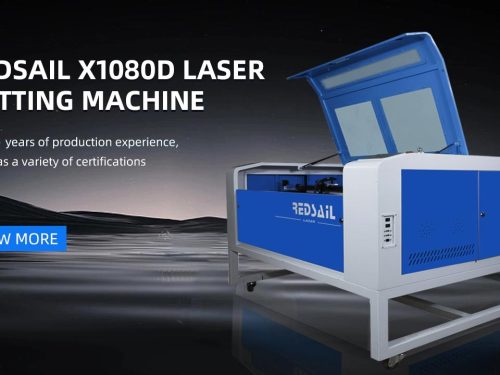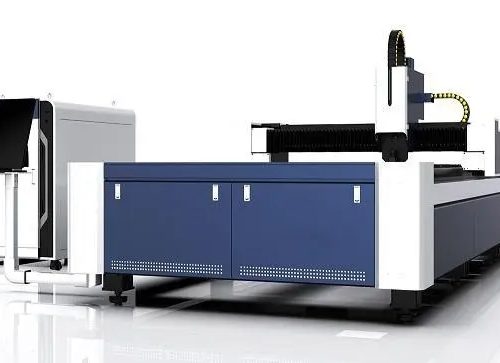
Before cutting and blanking, the distance between the laser focus and the cutting material must be adjusted. Different focus positions often lead to different section fineness of the cutting material, different slag hanging at the bottom, and the focus cannot be adjusted or even cut off the material; The focus position of the laser cutting machine will be different due to different cutting workpieces and materials, so how to choose it correctly?
Definition of focus position
The distance from the focus to the upper surface of the cutting workpiece. The focus position above the workpiece is generally called positive focus, and the focus position below the workpiece is generally called negative focus.
Focus position meaning
Changing the focus position means changing the size of the light spot on the surface and inside of the plate. The focal length becomes larger, the light spot becomes thicker, and the slit becomes wider and wider, thus affecting the heating area, slit size, and slag discharge capacity.
Positive focus cutting
That is, the cutting focus is on the workpiece, and the focus is positioned above the cutting material.
For carbon steel oxygen cutting, it is suitable to use positive focus. The cutting range at the bottom of the workpiece is larger than that on the upper surface, which is conducive to slag removal and oxygen reaching the bottom of the workpiece to participate in full oxidation reaction. Within a certain focus range, the larger the positive focus is, the larger the spot size of the plate surface is, the more sufficient the preheating and heat supplement are around the slitting, and the smoother and brighter the carbon steel cutting surface is.
For the 10000 watt laser pulse cutting of thick stainless steel plate, the positive focus is adopted, which is stable, conducive to slag removal and not easy to reverse blue light.
Negative focus cutting
That is, the cutting focus is inside the workpiece. In this mode, because the focus is far away from the cutting surface, the cutting range is relatively larger than that of the cutting point on the workpiece surface. At the same time, the cutting air flow needs to be large and the temperature needs to be sufficient.
When cutting stainless steel, it is suitable for negative focus cutting, with uniform cutting surface and good section.
For the perforation of the plate before cutting, because the perforation has a certain height, the negative focus is used to ensure the minimum spot size and maximum energy density at the perforation location. The deeper the perforation location, the greater the negative focus.
Zero focus cutting
That is, the cutting focus is on the surface of the workpiece. Generally, the cutting surface close to the focus is relatively smooth, while the lower surface far away from the cutting focus is rough. This situation is mainly used for cutting thin plates by continuous laser and metal foil layer by vaporizing the peak power of pulse laser.
The positive and negative selection of laser cutting focus is not determined by the material of the cutting plate (stainless steel, carbon steel), but by the cutting method (oxidation cutting, melting cutting).
Zero Focus Cut.png
The laser cutting machine needs to use different focus modes to process different workpieces. Because the focus positions and adjustment methods of different types of cutting heads are different, users can choose the appropriate focus cutting mode according to the different effects of positive and negative focus when cutting stainless steel and carbon steel, combined with their own processing needs, so as to give greater play to the performance advantages of the laser cutting machine!










